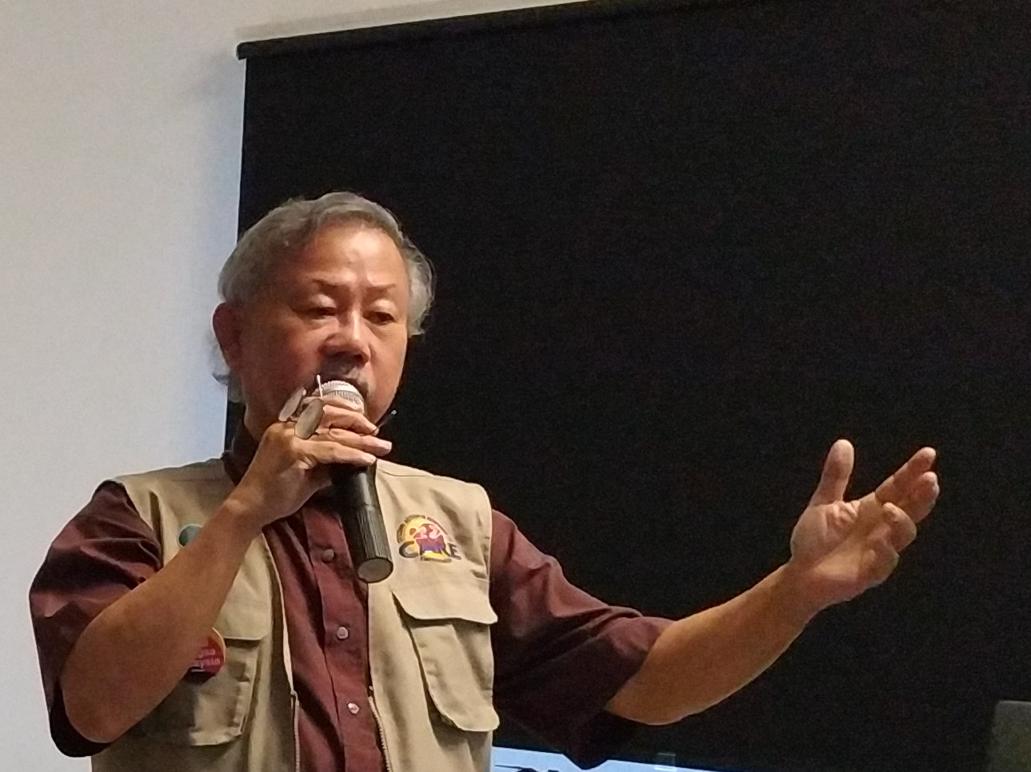KUALA LUMPUR, July 4 — The Federation of Private Medical Practitioners’ Associations Malaysia (FPMPAM) questioned today the official cause of death among the Bateq Orang Asli in Kuala Koh, Gua Musang, that was attributed to measles.
Dr Steven Chow, who is the team leader of FPMPAM’s outreach programme, was at the Orang Asli village last April 28, a mere week before the 15 deaths among the Bateq tribe were reported. The NGO’s team of health care workers were providing medical assistance and conducting checkups.
“I know how measles looks like. If I don’t, I should go back to medical school”
At a meeting with the media today, he emphasised that throughout the duration of the medical mission, they had seen no cases of measles among the 140 patients.
“I know how measles looks like. If I don’t, I should go back to medical school,” he emphatically said. “We saw unusually high incidence of fungal skin infections among them as well as gastroenteritis infections. But no measles.”
Dr Chow has been involved in providing medical assistance to Orang Asli communities since 2010.
He said that what was experienced by Bateq people did not fit the symptoms and clinical presentation of measles. Dr Chow urged the government to disclose the results of the post-mortems conducted on those who had died.
He questioned the haste of the federal government in dismissing any possible link between the deaths and environmental mismanagement by the Kelantan state government.
“Nobody knew where safe water sources could be found. ”
Based on tests conducted on water collected from rivers and ponds in the Kampung Kuala Koh area, the doctors found the content of manganese to be incredibly high.
In one sample, a chemical analysis found that it had manganese levels which were 2,500 per cent above acceptable normal limits, making the water extremely toxic and undrinkable.
Dr Chow stated that it was more likely that the Bateq Orang Asli were living in a polluted and contaminated environment. It was possible that they were experiencing chronic manganese poisoning.
It was so serious that despite government findings, either one or both of the two nearby rivers were polluted. Nobody knew where safe water sources could be found.
Dr Chow emphasised that what the Bateq Orang Asli really needed was a sustainable supply of clean, safe and drinkable water.








